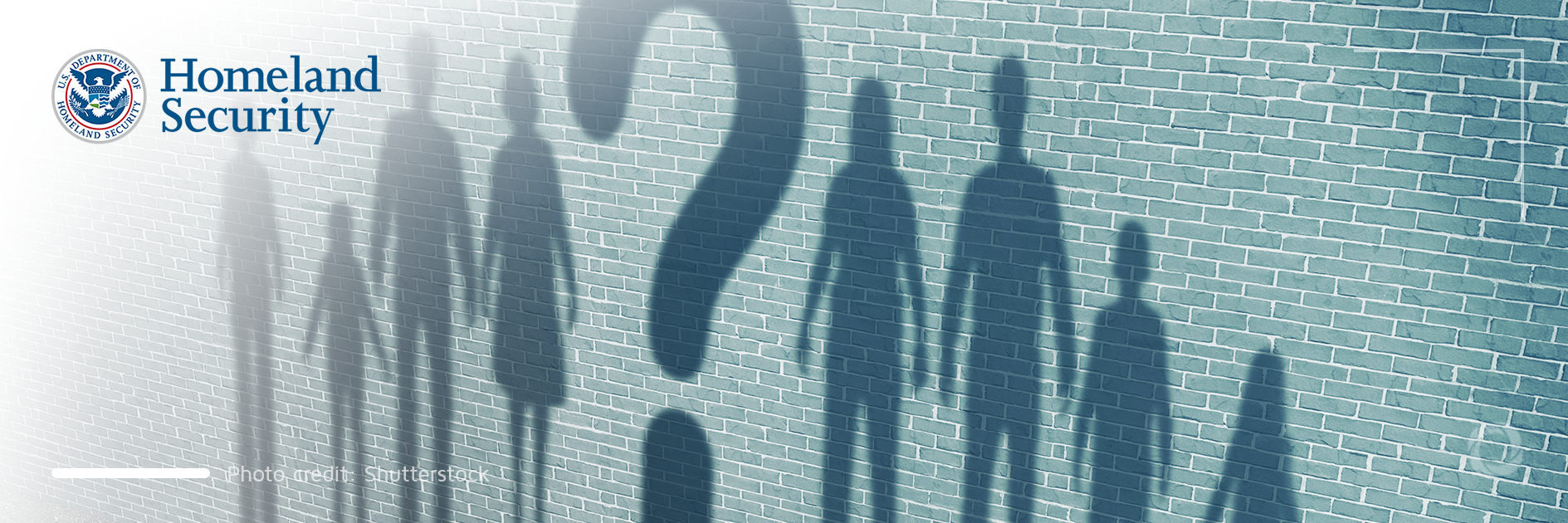The United States has committed to improve the process of the recognition and protection of stateless people. This action is likely to put an end to decades of challenges and obstacles faced by these people in the US due to the lack of identity documents. Although there is no exact data as to the number of stateless people in the US, the Center for Migration Studies in New York puts this at approximately 218,000 with the figure including potentially stateless individuals or those at risk of statelessness.
DHS today announced its commitment enhance protections for “stateless” individuals – or people who do not have citizenship in any country – living in the United States.
Learn more ⬇️https://t.co/86UnGbPasx
— Homeland Security (@DHSgov) December 15, 2021
Until recently, the US did not recognize stateless people thus depriving them of the right to apply for immigration status. In a move to change this situation, on 15 December the U.S. Department of Homeland Security (DHS) announced its commitment “to adopt a definition of statelessness for immigration purposes and enhance protection for stateless individuals living in the United States.”
The DHS acknowledged that a compelling number of stateless people live in the United States and announced that this would enable it to more precisely identify and protect stateless individuals as well as recognize the particular barriers faced by them.
“Statelessness presents significant humanitarian concerns that require a careful and thoughtful response specifically tailored to the distinct and diverse needs of stateless persons,” said DHS Secretary Mayorkas.
USAID Administrator, Samantha Power, hailed the DHS’s initiative, voicing confidence that it would make it possible for stateless people “to obtain a legal identity, secure an immigration status to apply for permanent residence or citizenship, work, travel, or access government benefits.”
She added, “USAID applauds these commitments, and will continue to be an advocate for and source of support for stateless peoples.”
While the total number of stateless individuals around the world is not known, the UN Refugees Agency estimates it to be “many millions”, of whom one-third are children. A stateless person is someone who does not have a nationality/citizenship. Many stateless people flee ill-treatment or discrimination due to their beliefs or ethnicity or are victims of forced dislocation and/or expulsion from their countries. In losing their home and their national identity, they are deprived of their rights as citizens.
The US itself does not generate stateless people because it grants citizenship by birth on American soil. However, until now there has been no legal framework to define a path to naturalization for those who have found themselves stateless in the country where they may have arrived as refugees, temporary visa holders, or through irregular channels. On the other hand, so far, the United States has provided significant humanitarian assistance to more than 4 million stateless people worldwide according to USAID.

